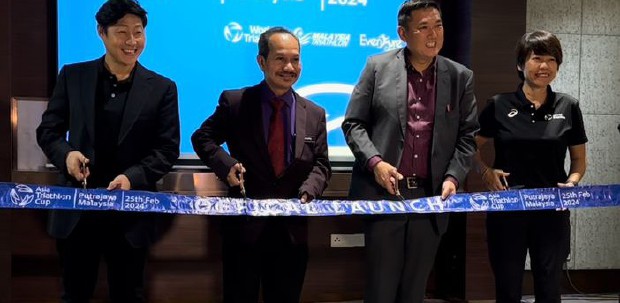A local news portal stated recently that the family of Wong Chee Foong (one of the 213 passengers injured in the May 24 LRT head-on collision and currently in critical condition) is suing Prasarana Malaysia Berhad for RM1.8 million in damages for negligence.
The report said that Wong had sustained serious head, face and spinal injuries in the crash and is currently undergoing multiple surgeries and treatments. He has not regained consciousness.
On the day of the tragedy - May 24 - Wong, on his way home from work, had boarded the train at the KLCC station and was supposed to exit at Masjid Jamek station, to switch to another train to Cheras."
In any civil suit based on negligence, the burden of proof (on a balance of probabilities) is on the plaintiff. It was therefore perhaps unwise (if not premature) for Minister of Transport Wee Ka Siong to come out openly and say (to the media) that the collision was caused by the driver's negligence. According to the Minister, the driver of TR40 "was driving in the wrong direction".
Former Prasarana CEO, Ridza Abdoh Salleh, said that it was not right to cast the blame so quickly on to the driver. The task force probing the accident must find out "What was going on at the command centre".
News report of the train accident said that 47 passengers were seriously injured, whilst the rest had minor injuries. I believe that, like Wong's family, the families of these other passengers would also (if they had not done so already) be contemplating a lawsuit against Prasarana. We can foresee more solicitors filing civil suits on behalf of their respective clients against the same defendant, for similar claims in negligence.
Describing this latest incident on May 24 as the "worst accident" in its history, a news portal reminded Malaysians that there had been, in the past, several other accidents affecting LRT trains, as follows:
Accident No 1, Aug 16, 2002: A journalist was knocked unconscious when a monorail wheel fell on his head as he walked under a newly built track. He sued Monorail Malaysia for RM5 million. The case dragged on for a long time before the two parties agreed to a settlement in 2012.
Accident No 2, Oct 27, 2006: An empty LRT coach jumped a concrete barrier near the Sentul Timur station. A portion of the train was left dangling about 25m above the ground. Fortunately, no member of the public was injured.
Accident No 3, Nov 24, 2007: Two coaches of an LRT train were derailed near Sentul Timur station, causing a disruption to services; 10 passengers were trapped and stranded at several locations.
Accident No 4, Sept 24, 2008: A LRT train going towards the Bukit Jalil station stopped suddenly about 200m from the station, causing another train to ram into its rear. Four passengers were injured.
There were other incidents where the trains had stopped mid-route, leaving passengers stranded – in September 2016, in August 2018, and in April 2021. There were, fortunately, no casualties.
Last May 24th accident was the worst, the first time a head-on collision happened, causing serious injuries to so many passengers. Mercifully, passengers' lives were spared.
Is a class action against Prasarana feasible? Are the pre-requisites of filing such an action present in the present case?
Under Malaysian law, class action suits are known as 'representative action' suits, and the rules are set out under Order 15, Rule 12 of the Rules of Court 2012.
Rule 12 states "(1) Where numerous persons have the same interest in any proceedings … , the proceedings may be begun and … continued by … any one or more of them as representing all or as representing all except one or more of them."
In the US, the rules are set out under the Federal Rule of Civil Procedure 23, comprising four elements – numerosity, commonality, typicality and adequacy.
These mean that in order to file and succeed in class action – the class must be so numerous that joinder of all members is impracticable; there must be question s or law or fact common to the class; the claims of the representative parties must be typical of the claims of the class, and the representative parties will fairly and adequately protect the interests of the class.
We wait and see what happens next.
hr>
* The writer was formerly a federal counsel at the Attorney-General's Chambers and a visiting professor at UTM, Skudai. He is now a full-time consultant, trainer and author






